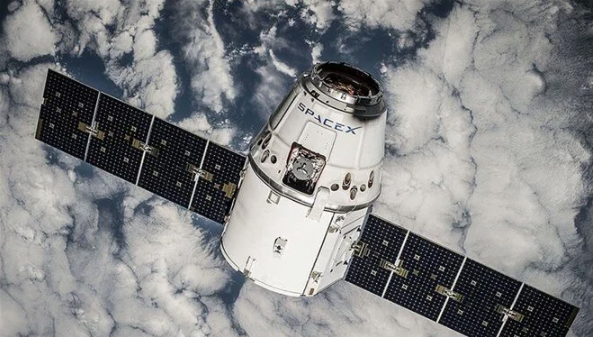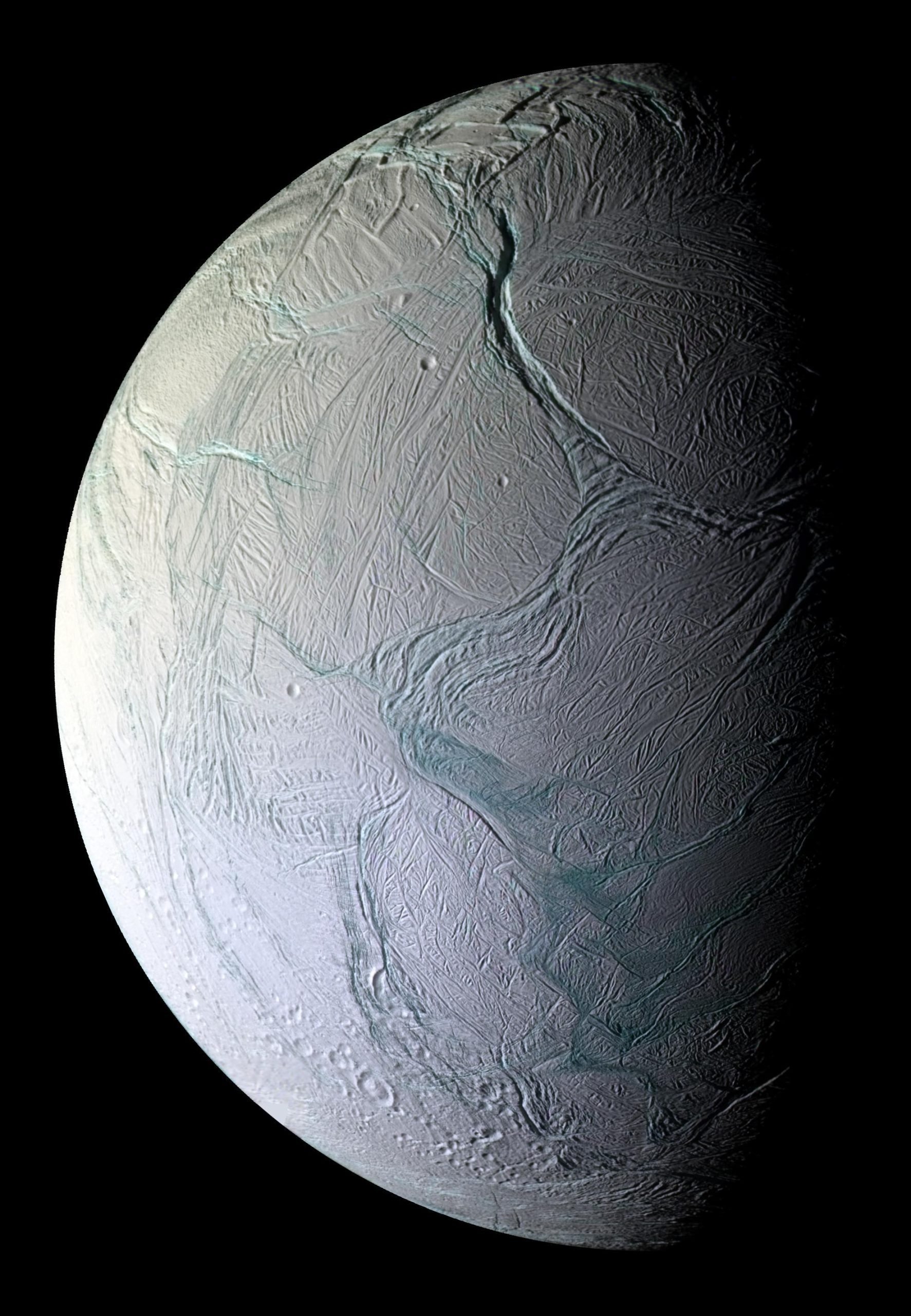The United Nations points out that there are water-stressed communities on every continent. Although our planet is surrounded by oceans and seas, only 2.5 percent of the Earth’s water is potable freshwater, and by 2030, demand for drinking water is projected to exceed supply by trillions of cubic meters.
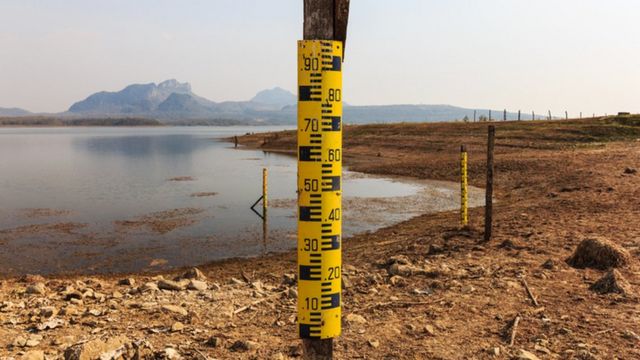
Desalination plants that remove salt from seawater can help provide the freshwater needed.
But they involve pumping large quantities of seawater through membranes at high pressure, an extremely energy-intensive process that is considered one of the most expensive ways to produce drinking water.
A radical solution would be to use ships equipped with desalination systems.
- Affordable iPad good news from Apple! All features leaked
- Baykar donates 3 Bayraktar TB2 UCAVs to Ukraine
Operated by nuclear reactors, these ships could travel to drought-stricken islands or coastlines to provide both clean drinking water and energy.
“You can move these ships every now and then and fill the tanks,” says Mikal Bøe, CEO of Core Power, which has designed this kind of desalination plant.
This may sound like a far-fetched solution, but the US Navy has in the past provided desalination services during disasters with the help of its nuclear-powered ships. Russia also has a floating nuclear power station designed to power desalination plants when needed.
There are currently around 20,000 desalination plants worldwide, almost all of them on land. Most are located in Saudi Arabia, the United Arab Emirates and Kuwait, but the UK, China, the US, Brazil, South Africa and Australia also have similar facilities.
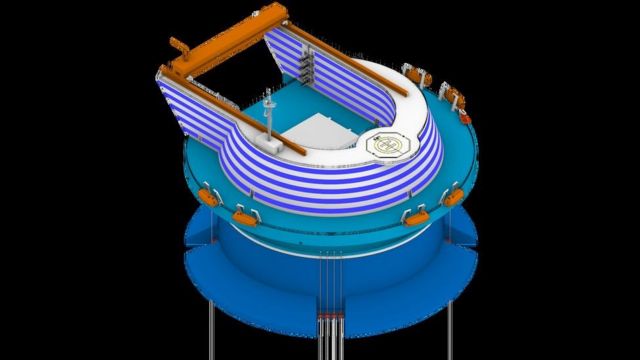
Floating alternative
But some engineers say it may be cheaper to deploy this desalination technology offshore, where seawater can be pumped more easily.
They have dreamed of building floating, nuclear-powered desalination systems for decades.
Core Power says it would use a ship that looks like a small container ship, placing the desalination technology in the containers and the nuclear reactor in the center of the ship to provide the energy needed.
The company says the ships could generate power ranging from five megawatts to 70 megawatts, and five megawatts of nuclear power could pump 35,000 cubic meters of fresh water per day – or the volume of 14 Olympic-sized swimming pools.
Desalination systems
Desalination technology involves passing seawater through a semi-permeable membrane under pressure to remove salt from it. The passage of molecules in a liquid through such membranes is called osmosis, a process that separates freshwater and saltwater by removing minerals.
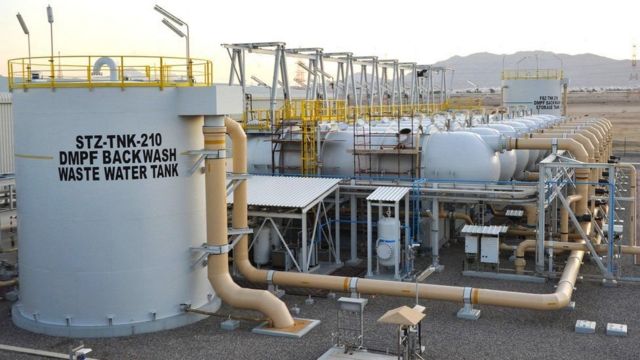
This technology, which exists in different versions, has become more efficient over time. But floating desalination systems are still relatively rare.
Saudi Arabia has taken delivery of the first of the three largest desalination vessels ever built. But can these floating plants become commonplace?
Oisann Engineering, which has developed a system called the Waterfountain, plans to make it happen.
Kyle Hopkins, the company’s managing director, says they have designs ranging from large vessels to small floats, but they all work on the same principle.
The big difference is that instead of using nuclear power, they will all use a decades-old technology called undersea desalination.
“We’ve done away with the pump,” Hopkins says, noting that this technology could not be commercialized because it required undersea pumps to bring the water to the surface.
Hopkins says the Waterfountain system takes advantage of the higher pressure on the seabed to move water without incurring high energy costs, but does not elaborate on how it works.
He also notes that the pipeline that will deliver fresh water from the ship to the shore can also be elevated to facilitate the flow of water by gravity, reducing the need for extra energy.
Hopkins estimates that this technology could save 30 percent of energy compared to a traditional onshore desalination plant. The company is currently building a miniaturized version of one of its designs and plans to build its first commercial plant in the Philippines in 2023.

Challenges
Raya Al-Dadah, Head of the Sustainable Energy Technology Lab at the University of Birmingham, says ideas like the Waterfountain and Core Power design are “promising”. However, she emphasizes that floating desalination has both advantages and disadvantages. There are still challenges in pumping desalinated water ashore and in finding labor with both offshore experience and desalination expertise.
Ultimately, Dr. Al-Dadah said, humanity needs more water resources, not least because of the expected effects of climate change if the world warms by more than 1.5 degrees Celsius. “This will have a catastrophic impact on water,” he said.
Amy Childress from the University of Southern California says smaller, floating desalination systems could help reduce the environmental impact of this technology.
The extremely salty water left over from desalination is toxic to marine life. Today’s desalination plants actually produce more brine than freshwater.
Kyle Hopkins of Oisann Engineering says that the water that will be a byproduct of the Waterfountain system will not be salty enough to be classified as brine.
Chris Baraniuk
Based on the BBC Technology page



